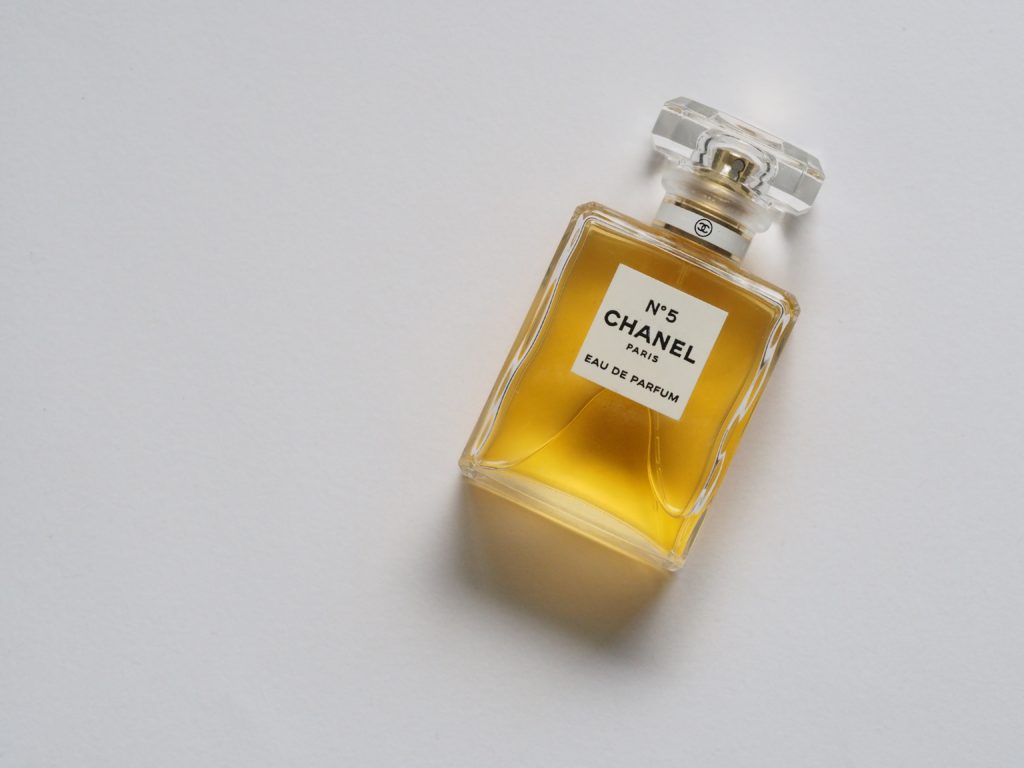- People
- Expertise
Our expertise
We are a team of more than 500 professionals, with the depth of experience which makes us genuine experts in our fields. Together, gunnercooke’s people have strength across just about every corporate discipline and sector. We provide legal, commercial and strategic advice that delivers real value to the clients we work with, which span from multinational enterprises through to unicorns and non-for-profit organisations. Our breadth of expertise covers some of the most interesting and important emerging disciplines, from ESG and charity law, to blockchain and competition.
Search by practice areaDispute ResolutionDispute Resolution OverviewMeet the Dispute Resolution TeamIntellectual Property DisputesFinancial Services & FinTech OverviewProceeds of CrimeEmployment TribunalTax InvestigationProperty Dispute ResolutionInsolvency DisputesMediationCivil Fraud & Asset TracingHealth & SafetyBusiness Crime & InvestigationsLitigation & ArbitrationInternational Arbitration - International
International Offices
The gunnercooke group has 15 main global offices across England, Scotland, the US, Germany and Austria, with further plans for growth in the coming years. These offices enhance the existing in-house capability of our dedicated international teams and dual-qualified experts that cover Spain, France, Italy, Portugal, Brazil, China, India, Poland and Hungary. Our team have clients across 123 jurisdictions, speak 46 languages and are dual-qualified in 21 jurisdictions. Our expertise means we can offer large teams to carry out complex cross-border matters for major international clients.
- Our story
Our story
gunnercooke is the fastest growing corporate law firm in the UK, now making its mark globally. We comprise a rapidly growing number of experts spanning legal and other disciplines. Clients benefit from flexible options on fees to suit their needs, access to a wider network of senior experts throughout the relationship, and legal advice which is complemented by an understanding of the commercial aspects of running a business.
- Reading Room
- News & Insights

How Coco Chanel Altered the Constraints of Women’s Fashion
Known for her timeless ‘Little Black Dress’ and simple, sophisticated designs, Coco Chanel made fashion effortless and comfortable for women, dispelling the fashion ‘norms’ of the time, and introduced the concept of ‘unisex’ dressing.
Yet Coco Chanel was far from born into luxury. She began life as an orphan, raised by nuns who taught her how to sew, a skill that turned out to be crucial to the success of her career. This lack of convention has followed her throughout her career, setting the tone for her rags to riches story.
She’s always made the best of the tools she had
Chanel began by selling hats in Paris, later adding stores in Deauville and Biarritz, where she started to create clothes.
Her first big success came from a dress she made out of an old jersey on a cold day! Several people asked where she got the dress, and she offered to make one for them.
She made a short term profit sacrifice, to build a long standing brand name
In the 1920s Chanel developed the first fragrance that featured her own name, Chanel no.5.
She secured funding to develop the product, from a department store owner, Theophile Bader, and businessmen Pierre and Paul Wertheimer. However, the deal was initially split 70% to Wertheimer who produced the perfume, 20% to Bader and only 10% to Chanel, so long as the brand name was hers. She then repeatedly contested to get these terms re-negotiated.
She designed iconic pieces that made practical sense
Chanel knew that the role of women had changed since the first world war and with this change, the corset had become a hindrance, due to the constraints that it caused women. So she ‘dispensed’ of the corset and replaced it with more casual attire, that women could move in with ease.
In 1925 Chanel introduced the legendary ‘Chanel suit’ – comprising a collarless jacket and well-fitted skirt. It was the epitome of style, yet described by French Vogue as ‘Chanel’s Ford’ because it was suitable for the masses, just like Ford’s car!
She challenged and changed the perception of what made ‘fashion’
Her most iconic design was perhaps the simplest – the ‘little black dress’. She proved that a colour once associated with mourning could provide glamour and be used for sophisticated evening wear.
The ‘LBD’ is Chanel’s legacy and remains a key player in western women’s wardrobes.
Chanel’s success was the result of close observation and consideration of her audience’s needs; she challenged convention with simplicity and elegance, taking fashion to new heights.
As a challenger law firm, we have an enormous amount of respect for other challengers, innovators and those people who are brave enough to take industries forward. In this series, we will celebrate these people and their achievements.






